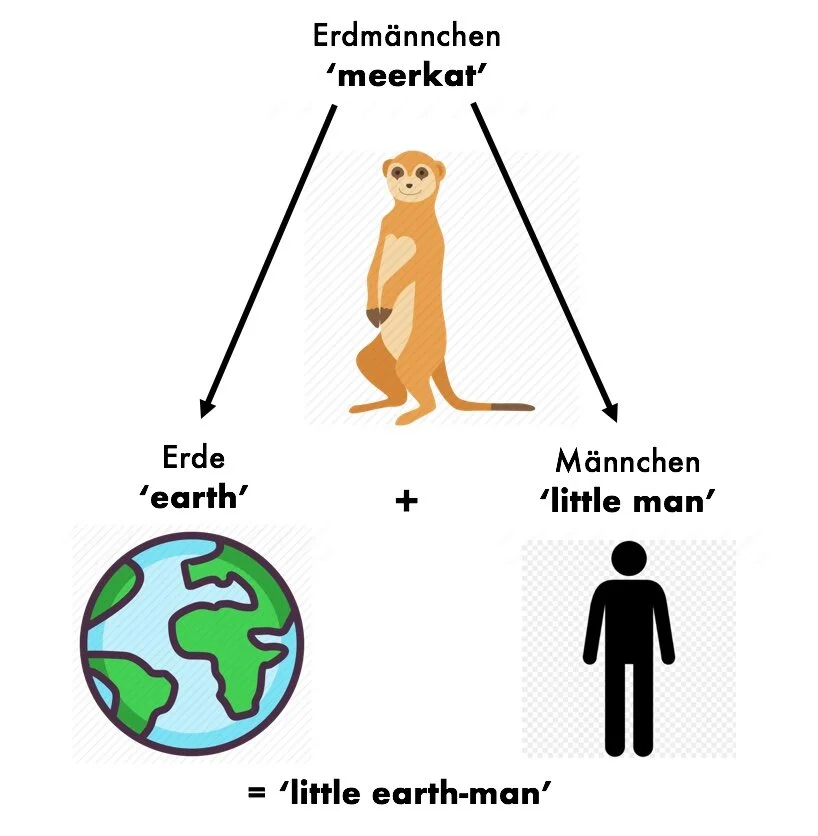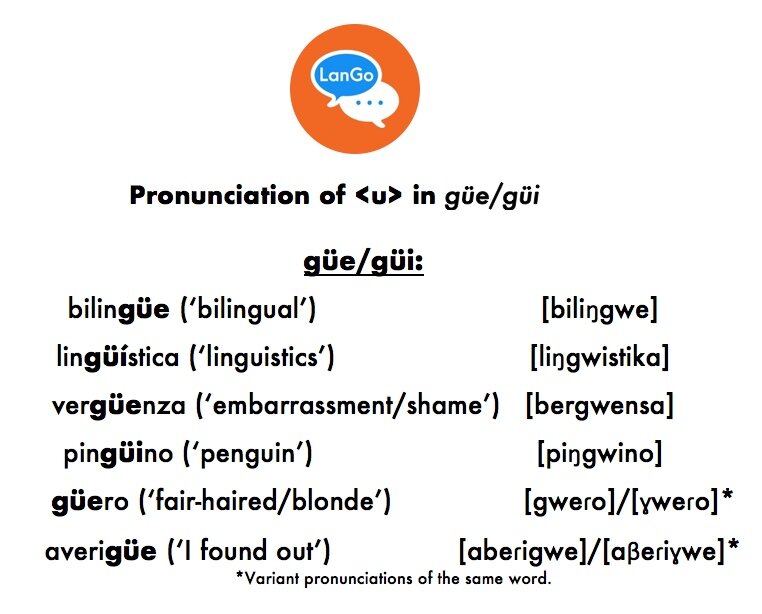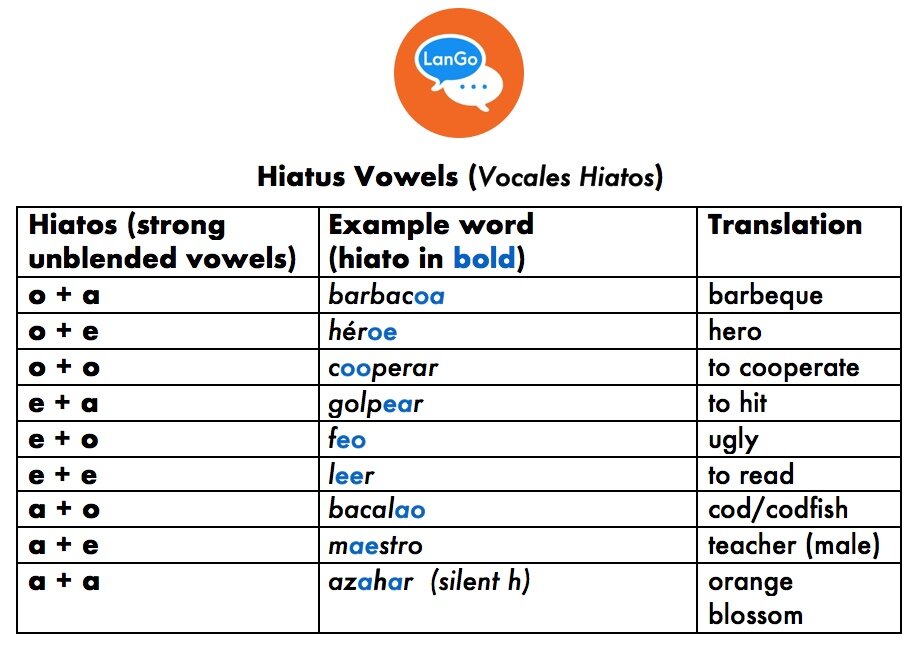Spanish Pronunciation Tips: Vowels
Flamenco Beach, Culebra, Puerto Rico.
One of the most important aspects of Spanish pronunciation is mastering the vowels. In some ways, learning to pronounce the vowels of Spanish may be easier than those of other languages since Spanish has only five pure vowels and fourteen diphthongs. For some, especially English speakers, it may be challenging to condense down to only five vowel sounds, considering there are roughly fourteen or more vowel sounds in many varieties of American English (only five vowel letters, but fourteen distinct sounds or phonemes). Let’s begin by delving into the pronunciation of each Spanish vowel to better understand what is happening and to hopefully help those who wish to improve their pronunciation. Afterwards, I will examine Spanish diphthongs in depth and hiatuses (vowels in separate syllables), which will help explain differences in pronunciation. Because without los sonidos vocálicos, diptongos, y hiatos, Spanish speakers wouldn’t be able to communicate effectively or be understood with ease.
Phonology of Spanish Vowels
As previously mentioned, Spanish has five main vowel sounds: /a, e, i, o, u/. Let’s next discuss the position of the tongue, the roundness of the lips, and the position of the jaw in the pronunciation of these vowels.
The International Phonetic Alphabet (IPA) / El Alfabeto Fonético Internacional (AFI) diagram shows the Spanish vowels (Español) in red circles and the English vowels (Inglés) in blue circles and red circles on the right. The diagram demonstrates the limited vowels used in Spanish compared to English.
Figure 1: IPA symbols for Spanish and English vowels.
The first vowel, /a/, is a low, front, and open vowel which describes how this vowel is formed in the mouth. “Low” refers to how the position of the tongue is low and flat in the mouth. “Front” pertains to how the tongue is forward in the mouth, not retracted or in the middle of the mouth. “Open” describes the position of the lips and mouth which are not closed nor rounded. Like all Spanish vowels, the /a/ sound is shorter than its English counterpart in words like gato (‘cat’), manzana (‘apple’), anaranjado (‘orange’), araña (‘spider’). Compare it to the English /a/ in words like “father”, “body”, and “start”, where the vowel is slightly longer. Listen to the short /a/ sound in these words.
One fun way to practice the vowel /a/ is to try repeating some popular tongue-twisters, trabalenguas, like this one:
Angélica andaba
asustada al anochecer.
Pero como amaneció
ya Angélica no está asustada.
Translation: Angelica was walking / Scared (frightened) at dusk / But as she woke up / Now she was not scared.
Not only can trabalenguas provide you with pronunciation practice, but they can help you improve your vocabulary skills by encouraging you to look up unknown words. Here is a helpful website for more Spanish tongue-twisters.
Our second vowel in Spanish is /e/. This is a mid-closed, front, and unrounded vowel. The mouth will be slightly closed when forming this vowel and the lips will be separated. One’s tongue should be forward in the mouth. Some words with the /e/ vowel include: español (‘Spanish’), arete (‘earring’), hablé (‘I spoke’), esmoquín (‘tuxedo’), elefante (‘elephant’), este (‘east’/’this’), desde (‘from’), nene (‘little boy’).
The third vowel I will explore is /i/ which is a high, front, and unrounded vowel. By “high,” linguists refer to the tongue moving to a higher position in the mouth. The mouth is also nearly closed, and the lips are stretched out to the sides rather than rounded. Some words with the /i/ sound in Spanish include increíble (‘incredible’), identificar (‘to identify’), chiquita (‘girl’), dividir (‘to divide’). This sound is similar to the English /i/ in words like “free”, “we”, and “heat”.
When it functions as a vowel, the Spanish letter <y> makes an /i/ sound, as in the word soy (‘I am’) which will form an [oi̯] diphthong (which will be discussed later). This letter, when in word-final position, will always make an /i/ sound. Also, the letter <h> is always silent will not interrupt the formation of a diphthong or an hiato. An example of this occurrence would be zanahoria (‘carrot’) where the sounds /a__o/ form an hiato. I will explore hiatos in depth in a later section.
The vowel /o/ is a back, mid, closed and rounded vowel. Your lips must be rounded in order to properly form this vowel, and the lips remain rounded throughout the vowel’s pronunciation. The tongue is pulled back into the mouth when forming this sound. Some examples of words with /o/ include: oso (‘bear’), mariposa (‘butterfly’), reloj (‘clock’), hablo (‘I speak’), habló (‘He/She spoke’), último (‘last’), mono (‘monkey’).
The fifth and final Spanish vowel that I’ll examine, /u/, is a closed, back, and rounded vowel. The lips are rounded in the formation of this vowel and the mouth is mostly closed (not completely), and the middle of the tongue is arched back in the mouth. Some examples of /u/ would be the words uniforme (‘uniform’), uvas (‘grapes’), uña (‘nail’), mundo (‘world’), ayuda (‘help’), azúcar (‘sugar’).
Sometimes, however, the letter <u> will produce no sound at all, and this ability makes it distinct from all other vowels. These “mute <u>” instances will only occur in the following letter combinations: que, qui, gue, and gui. Some example words are shown below in Figure 2 to help demonstrate the mute <u>:
Figure 2: Mute vowel <u> with que/qui and gue/gui.
Listen to the pronunciation of these words below.
As can be seen from the examples above, the letter <u> is mute, and only the following vowel is pronounced. In the case of guitarra (‘guitar’), one would pronounce that word [gitara]. With another example like parque (‘park’), one would pronounce that as [parke]. The only other letter which can produce a [ki] or [ke] syllable in Spanish aside from these <qui/que> combinations would be <k>, which occurs only in words of foreign origin (palabras extranjeras) like kilo or kilómetro.
In the case of the letter <ü> (u con diéresis), one will pronounce the /u/ within the <güe/güi> combinations. Some examples are shown below in Figure 3.
Figure 3: Pronunciation of /u/ in güe/güi.
Listen to these example word below.
Weak vs. Strong Vowels
In Spanish, vowels are considered either strong or weak. The strong vowels, vocales fuertes, are /a/, /e/, /o/, or any accented vowel. The weak vowels, vocales debiles, are /i/ and /u/ when unaccented. Weak vowels are also called “closed vowels” (vocales débiles se llaman “cerradas”), while strong vowels are also called “open vowels” (vocales fuertes también se llaman “abiertas”). One can further distinguish between vowels /i,u/ with a written accent mark (tilde), referred to as tónicas, which will form a hiato (also known as a hiatus), and those weak vowels without an accent mark, called átonas, which form a diphthong when next to a strong vowel. Figure 4 shows the formula for forming diphthongs and hiatos.
Figure 4: Formulas for forming diphthongs and hiatos.
Spanish Diphthongs (Diptóngos)
To form a diphthong, you must combine a weak vowel and strong vowel together into a single syllable.
There is an exception to this rule when accented vowels are involved. An accented weak vowel becomes strong and therefore breaks the diphthong apart. For example, the word pío (‘cheep’, the sound a bird makes) breaks the /i+o/ diphthong and has two syllables, since the <í> is accented; in contrast, the word premio (‘prize’), which has the /i+o/ vowels will form a diphthong [jo] in the final syllable, since the accent is not present over the weak vowel. Another example would be the word baúl (‘trunk’), where the accented weak vowel stops the diphthong from forming; in contrast, one can examine the word pausa ('pause') which will form a /a+u/ diphthong. When a weak vowel has an accent mark and doesn’t form a diphthong, this situation is called an hiato, which I will discuss below. A general spelling rule would be that weak vowels are more commonly accented than strong vowels. As previously mentioned, two strong vowels will not form a diphthong either; they will form a hiato as in the word leo (‘I read’).
When a word containing a diphthong requires an accent mark (based on rules of accentuation), the tilde (accent mark) will fall on the strong vowel because if the accent were to fall on the weak vowel, it would no longer be a diphthong. An example would be the word cantáis (vosotros form: ‘you [plural] sing’). Note: you will see this happen often in the vosotros form. Another example: piénsalo (‘she/he thinks about it’). If the word contains two weak vowels and needs to have an accent mark (based on rules of accentuation), then the second vowel will receive the tilde. Ejemplos: cuídalo (‘take care of him/it’) [kwidalo].
Possible Diphthong Combinations
The tables in Figure 5 below provide examples of diphthong combinations in Spanish. These tables start with the /i/ and /u/ vowels since they are the two weak vowels and will produce more diphthongs than any other vowels. The last three tables include examples of strong vowels combined with one of the two weak vowels and sample words of those diphthongs.
Figure 5: Diphthong vowel combinations, examples, and translations.
You can listen to the examples for each vowel series below.
Hiatos
When two strong (a.k.a. open) vowels (/a/, /e/, /o/) are next to each other in a word, it forms what is called a hiatus or hiato. Each vowel would be separated into its own distinct syllable and would not be blended together as can be seen with diphthongs.
The formula for hiatos is:
Table 1 below, I have listed more examples and vowel combinations to demonstrate the different vowel hiato combinations.
Table 1. Hiatus vowels (vocales hiatos).
You can listen to these examples below.
Examine the examples and syllable structure in Table 2 to closely see how the following examples will form hiatos. Remember that an accented weak vowel paired with a strong vowel will also form an hiato.
Table 2: Hiatus syllable structure.
Listen to the example words to hear the syllable structure of hiatos.
Some words above, like geografía, contain two hiatos, one with two strong vowels /e/ and /o/ at the beginning of the word and another with /i/ and the final /a/ due to the accented /i/ vowel. Recognizing accented weak vowels will help your pronunciation since you can distinguish whether the vowels will be joined or separated when saying them aloud. As can be seen above, with diphthongs or hiatuses, the consonant /h/ will not hinder their formation.
Rising/Falling Intonation
Intonation refers to the pitch of the speaker’s speech. Rising intonation refers to pitch increasing and falling refers to speech that is decreasing. You may have noticed intonation patterns when asking a question in Spanish. Consider the intonation patterns indicated by the blue arrows in the following examples:
Listen to the rising and falling intonation in these examples here.
For Spanish diphthongs, moving from a weak vowel to a strong one will result in rising intonation. Diphthongs beginning with a strong vowel and moving toward a weak vowel will result in falling intonation. This is shown in Figure 6.
Figure 6: Falling and rising intonation within diphthongs.
Flat intonation can also exist in Spanish. There will be flat intonation vowels only when the weak vowels are blended together: either i→u OR u→i. Words like viuda or ciudad have flat intonation. Another example of this would be the words muy [mui̯] ('very'), sucio [susio] ('dirty'), and voy [voi̯] ('I go') where the first is a flat intonation diphthong, the middle word has rising intonation, and the latter is a diphthong with falling intonation.
Spanish Triphthongs (Triptóngos)
An easy way to think about triphthongs and diphthongs is that they blend vowel sounds together. Triphthongs are three vowels together which are pronounced within one syllable. This occurs when a strong vowel is surrounded by weak vowels as in the formula below:
The examples in Table 3 below show some common triphthong vowel combinations.
Table 3: Triphthong vowel combinations.
You can listen to these examples of triphthongs here.
As the table demonstrates, the weak vowels (/u/ and /i/) need to surround the strong vowel in order to form a triphthong.
If a triphthong needs an accent mark due to the rules of accentuation, the strong vowel (open vowel) is the one that will be accented. If any of the weak vowels are accented, they will form a diphthong instead. For example: sabíais/limpiaúñas will form diphthongs instead of triphthongs.
In sum, diphthongs and triphthongs will unite vowels together and hiatos will separate the sounds. Hopefully, by seeing the patterns of weak and strong vowels in proximity to each other, your pronunciation in Spanish can improve. Be sure to practice speaking these words aloud to yourself and practice with a conversation partner. Vowels are essential to every word in Spanish, as in many languages, and are vitally important to improving your pronunciation. ¡Buena suerte con su práctica!
For more Spanish practice, join our workshops and group classes as well as our language social events at LanGo and in the DFW area. You can also follow us on social media!
Twitter: www.twitter.com/langoinstitute
Instagram: www.instagram.com/LanGoInstitute
Facebook: www.facebook.com/LanGoInstitute
Tinycards: www.tinycards.duolingo.com/users/LanGoInst












































Tools for helping you master some of the trickier points of German grammar, whether you’re learning it for the first time or wanting to review the fundamentals. Los geht’s!